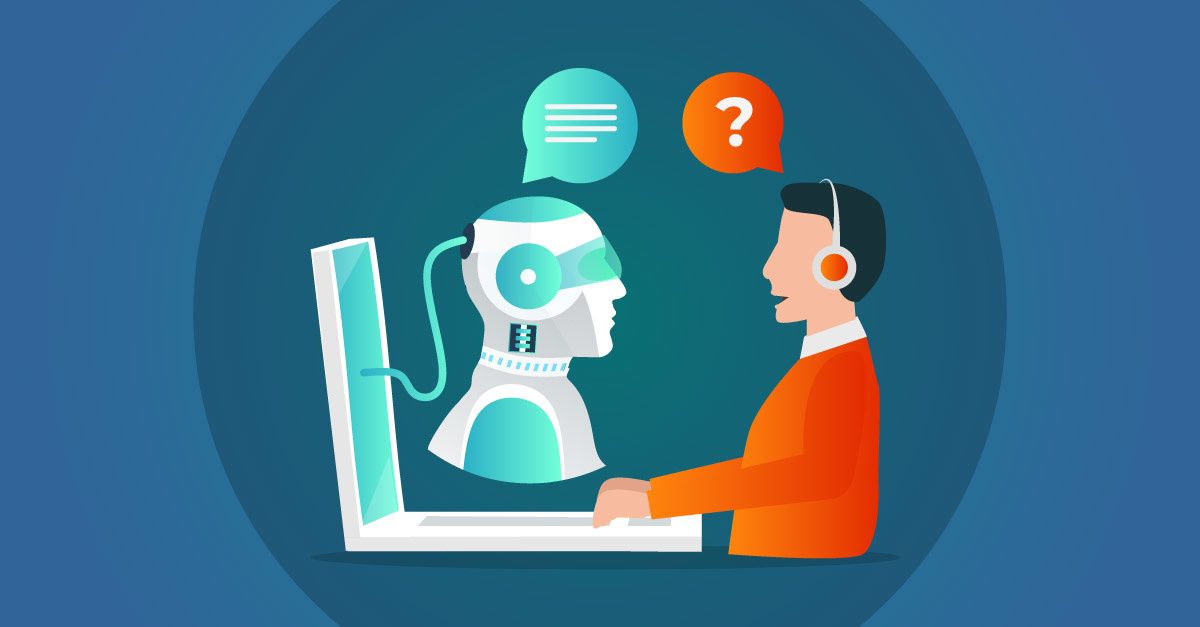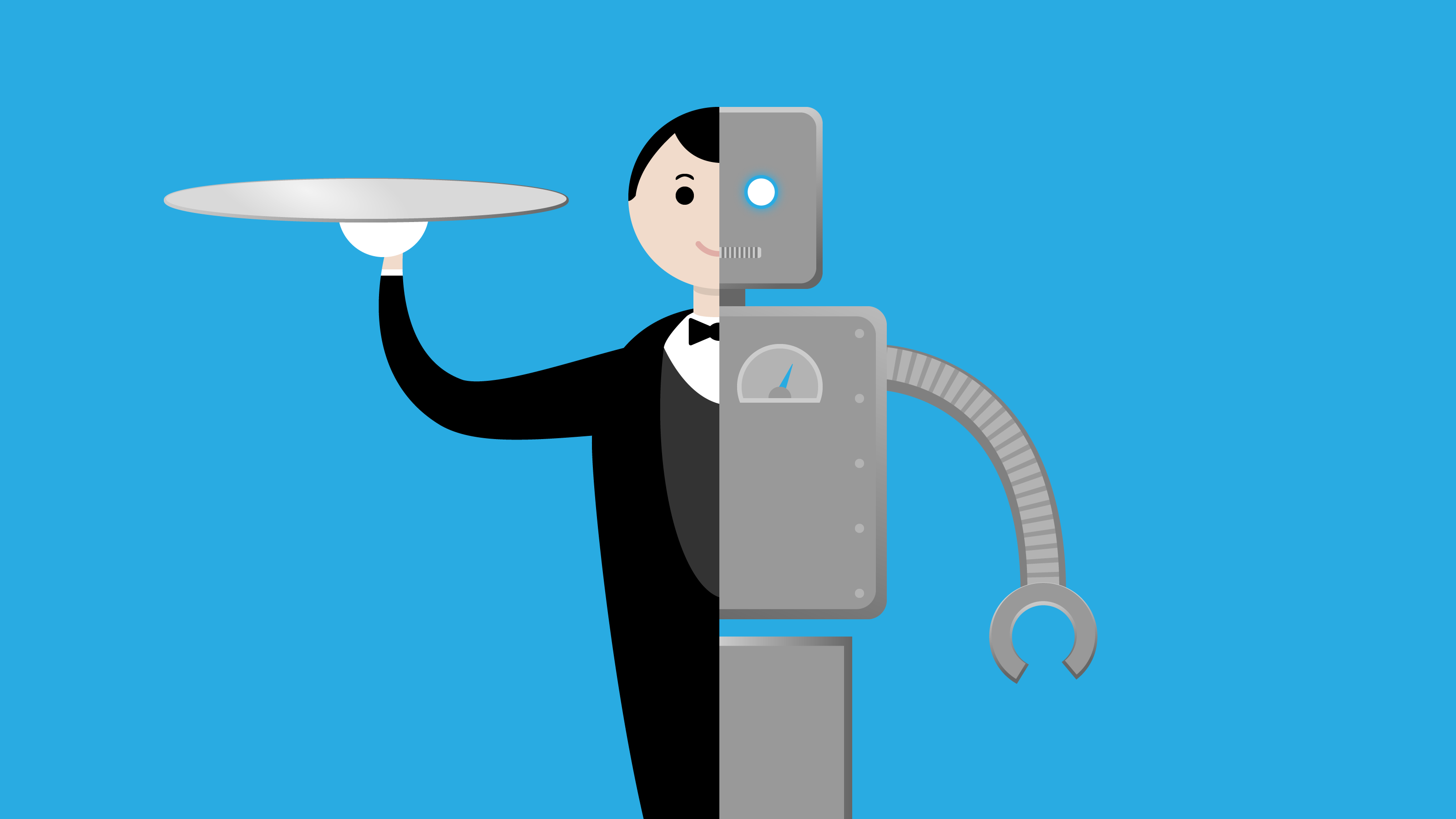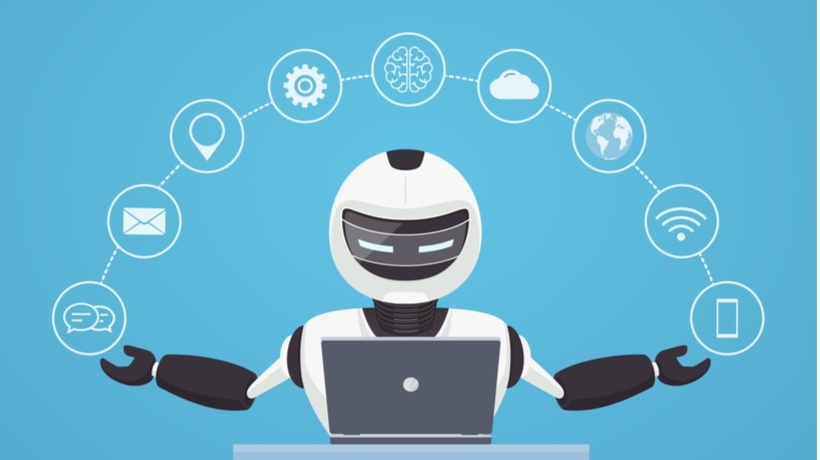Unleashing the Power of AI in Business Process Automation: A Comprehensive Guide
Explore the power of AI in business process automation and learn how it's revolutionizing complex tasks, streamlining operations, and driving innovation in the competitive business landscape.
Author
EZ-AIUnleashing the Power of AI in Business Process Automation: A Comprehensive Guide
Introduction
The rapid advancements in artificial intelligence (AI) have opened up new horizons for businesses across various industries. One of the most significant impacts of AI is its ability to revolutionize business process automation (BPA). By integrating AI into BPA, companies can streamline their operations, reduce costs, and enhance overall efficiency.
This article will explore how AI is transforming business process automation, provide examples of AI-driven business processes, and discuss how AI contributes to automation strategies in businesses.
How is AI revolutionizing business process automation?
AI is revolutionizing business process automation by enabling businesses to automate complex tasks that require human-like cognitive abilities. Traditional BPA systems are rule-based and can only handle simple, repetitive tasks.
However, AI-powered BPA systems can understand natural language, recognize patterns, and make decisions, allowing them to tackle more sophisticated processes. By automating these complex tasks, businesses can save time and resources, reduce human error, and improve efficiency.
Moreover, AI-driven BPA systems can learn and adapt over time, continuously improving their performance. This ability to learn from experience sets AI-powered BPA apart from traditional rule-based systems, making it a game-changer in the world of automation.
What are some examples of AI-driven business processes?
There are numerous examples of AI-driven business processes showcasing the versatility and potential of AI in business process automation. Some of these examples include:
1. Intelligent document processing: AI can extract and process data from various document formats, such as invoices, contracts, and purchase orders. By automating this process, businesses can reduce manual data entry, minimize errors, and speed up processing times.
2. Chatbots and virtual assistants: AI-powered chatbots and virtual assistants can handle customer support and internal communication tasks, providing quick and accurate responses to queries. This automation not only improves customer satisfaction but also frees up employees to focus on more strategic tasks.
if you want to use a platform that allows you to deploy a chatbot for your business, try EZ-AI.
3. Predictive analytics: AI can analyze large datasets to identify patterns and trends, helping businesses make data-driven decisions. By automating the analysis process, companies can gain valuable insights faster and more accurately than ever before.
4. Robotic process automation (RPA): AI can enhance RPA by adding cognitive capabilities to robotic systems, allowing them to handle more complex tasks. This combination of AI and RPA can streamline processes, reduce costs, and improve overall efficiency.
How does AI contribute to automation strategies in business?
AI contributes to automation strategies in businesses by providing the necessary tools and technologies to automate complex tasks and processes. To successfully implement AI-driven BPA, businesses should follow these steps:
1. Identify the right processes to automate: Not all processes are suitable for automation. Businesses should carefully assess their operations to determine which tasks can benefit from AI-powered BPA.
2. Choose the right AI technology and tools: There are various AI technologies and tools available, each with its strengths and weaknesses. Businesses should select the most appropriate technology based on their specific needs and goals.
3. Train and educate employees on the new technology: Implementing AI-driven BPA requires a skilled workforce that understands the technology and can use it effectively. Businesses should invest in training and education programs to ensure their employees are well-equipped to handle the new system.
4. Continuously monitor and improve the AI system: AI-driven BPA systems can learn and adapt over time, but they still require regular monitoring and maintenance. Businesses should establish a process for tracking the system's performance and making necessary improvements.
Conclusion
In conclusion, the integration of AI in business process automation has the potential to significantly transform the way businesses operate. By automating complex tasks that require human-like cognitive abilities, AI-driven BPA systems can streamline operations, reduce costs, and enhance overall efficiency.
Examples of AI-driven business processes include intelligent document processing, chatbots and virtual assistants, predictive analytics, and robotic process automation. To successfully implement AI-driven BPA, businesses must identify the right processes to automate, choose the appropriate AI technology and tools, train and educate employees, and continuously monitor and improve the AI system.
By embracing the power of AI in business process automation, companies can unlock new levels of productivity and innovation, positioning themselves for success in the competitive business landscape.
FAQs
How does AI enhance traditional business process automation (BPA) systems?
AI enhances traditional BPA systems by enabling them to handle complex tasks that require human-like cognitive abilities, such as understanding natural language, recognizing patterns, and making decisions. This allows businesses to automate more sophisticated processes, save time and resources, reduce human error, and improve efficiency. Additionally, AI-driven BPA systems can learn and adapt over time, continuously improving their performance.
What are some examples of AI-driven business processes?
Examples of AI-driven business processes include intelligent document processing (extracting and processing data from various document formats), chatbots and virtual assistants (automating customer support and internal communication), predictive analytics (analyzing large datasets to identify patterns and trends), and robotic process automation (enhancing RPA with cognitive capabilities to handle more complex tasks). These applications showcase the versatility and potential of AI in business process automation.
How can businesses successfully implement AI-driven business process automation?
To successfully implement AI-driven BPA, businesses should follow these steps: (1) Identify the right processes to automate by carefully assessing their operations. (2) Choose the most appropriate AI technology and tools based on their specific needs and goals. (3) Invest in training and education programs to ensure employees are well-equipped to handle the new technology. (4) Establish a process for tracking the AI system's performance and making necessary improvements. By following these steps, businesses can effectively harness the power of AI in their automation strategies.



